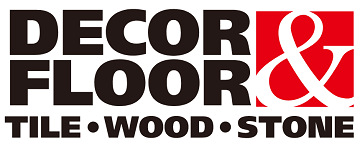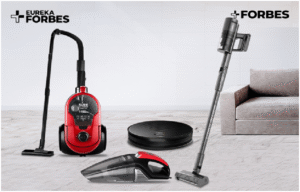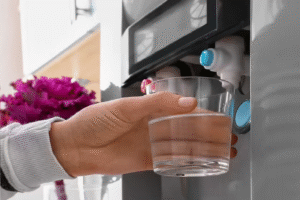Wallpaper Kitchen Backsplash Ideas and Installation Tips
3 min read
Most contractors will tell homeowners to avoid wallpaper in kitchens entirely. Too much moisture, too much heat, too much grease. Just stick with tile and call it a day. But honestly, that advice oversimplifies it.
The reality is more nuanced. Certain wallpapers handle kitchen environments just fine, while others fail spectacularly within months. The difference comes down to material selection and understanding what kitchens actually do to wall treatments over time.
Steam from cooking creates more problems than most people expect. Boiling water for pasta generates surprising moisture levels. Slow-cooking dishes pump humidity into the air for hours. Even opening hot ovens releases bursts of steam that has to condense somewhere. Usually on the nearest wall surface.
Paper wallpapers absorb this moisture and basically disintegrate. Standard wallpaper paste turns into mush when repeatedly exposed to humidity cycles. This explains why traditional wallpaper installations fail so consistently in kitchen environments.
But vinyl wallpapers work differently. The plastic face repels moisture instead of absorbing it. So when people ask whether can you wallpaper a kitchen backsplash, the answer depends entirely on material choice.
Heat creates different problems than moisture
Areas directly behind cooktops get seriously hot. Hot enough to soften adhesives and cause expansion issues with most wall treatments. Wallpaper in these zones faces conditions that would challenge even commercial-grade materials.
Some building codes actually prohibit certain materials within specific distances of cooking equipment. Requirements vary significantly between locations, but fire safety concerns drive most restrictions. Checking local regulations prevents problems during home inspections or resale situations.
The solution often involves combining materials. Tile or metal panels directly behind cooking areas, with wallpaper covering less problematic zones. This approach provides design flexibility while respecting practical limitations.
Grease changes everything about maintenance
Cooking inevitably creates airborne grease that settles on nearby surfaces. Frying, sautéing, even roasting generates grease particles that float around kitchens and stick to whatever they contact first. Usually the backsplash area.
Textured wallpapers trap grease in surface irregularities that become increasingly difficult to clean over time. Smooth vinyl surfaces wipe clean relatively easily, but even these require more frequent attention than wallpaper in other rooms.
Commercial kitchens deal with these issues using materials specifically designed for grease exposure. Stainless steel, special paints, or industrial vinyl products that handle aggressive cleaning chemicals. Residential products rarely match this performance level.
Installation techniques matter more in kitchens
Standard wallpaper adhesives fail quickly under kitchen conditions. Moisture-resistant pastes cost more but prevent most common failure modes. The price difference becomes insignificant compared to replacement costs when installations fail prematurely.
Seam treatment requires special attention too. Regular wallpaper seams allow moisture infiltration that causes lifting and bubbling. Seam sealers create waterproof joints that prevent these problems while maintaining invisible appearance.
Surface preparation becomes critical in kitchen environments. Any existing grease residue prevents proper adhesive bonding regardless of paste quality. Thorough degreasing followed by primer application creates optimal conditions for wallpaper installation.
Realistic expectations about longevity
Kitchen wallpaper simply won’t last as long as installations in bedrooms or living rooms. The harsh environment accelerates wear and requires more frequent replacement. Planning for five to eight year replacement cycles prevents disappointment when kitchen wallpaper shows wear sooner than expected.
Maintenance requirements increase significantly in kitchen applications.Having extra wallpaper and appropriate repair materials readily available allows quick fixes before small problems spread or become more noticeable.
When wallpaper makes sense and when it doesn’t
Kitchens with excellent ventilation systems create much more favorable conditions for wallpaper installations. Range hoods that actually move significant air volumes remove most problematic moisture before it can damage wall treatments.
The question of whether can you wallpaper a kitchen backsplash really comes down to matching realistic expectations with actual kitchen conditions. Success requires understanding material limitations, using appropriate installation techniques, and accepting higher maintenance needs than typical wallpaper applications. When these factors align properly, wallpaper provides design flexibility and visual warmth that traditional materials often lack.






